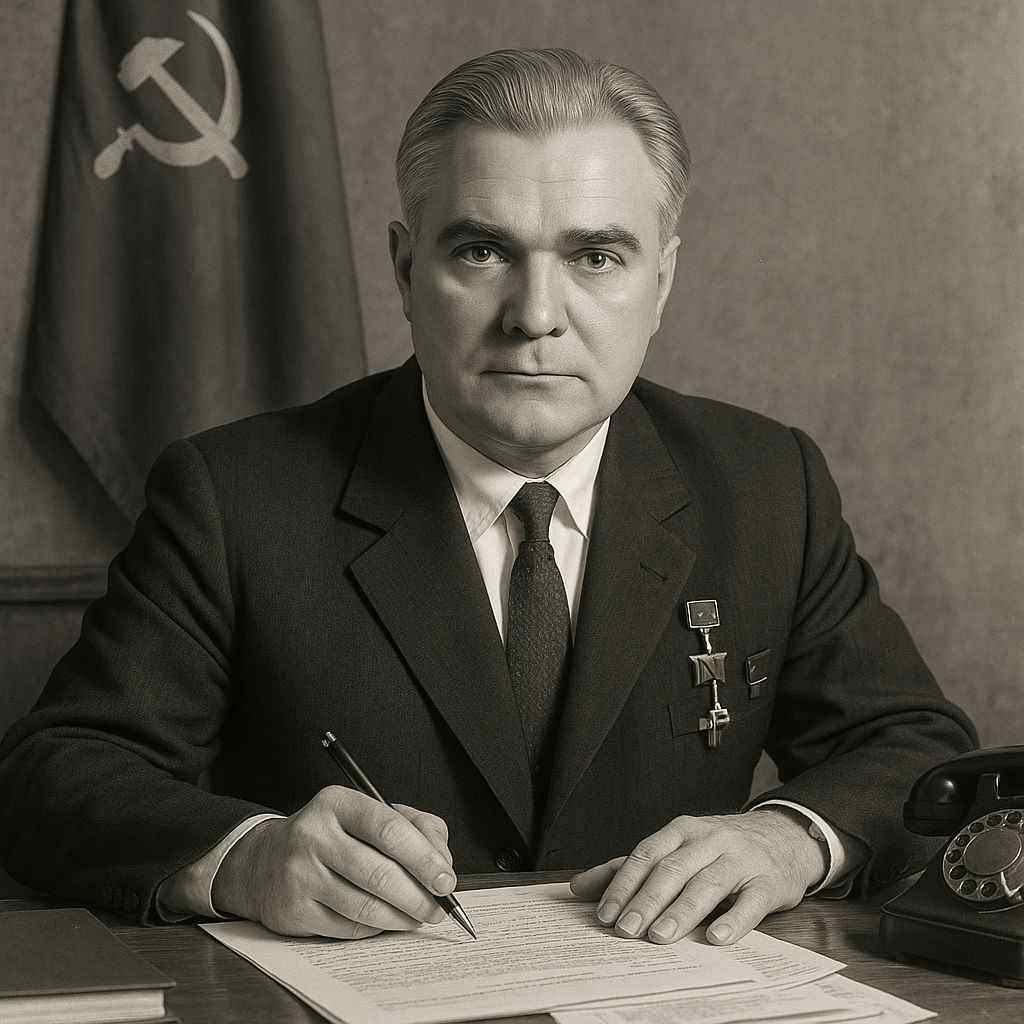
Valentin Glushko
Pioneer of Soviet rocket engine design
Early Life and Career
Born on September 2, 1908, in Odessa, Russian Empire (now Ukraine), Valentin Petrovich Glushko developed an early fascination with space exploration through the works of Konstantin Tsiolkovsky. By age 15, he was corresponding with Tsiolkovsky and began developing his own ideas for rocket engines.
In 1929, he began working at the Gas Dynamics Laboratory in Leningrad, where he led the development of early liquid-fueled rocket engines. Like many Soviet scientists, he was arrested during the Great Purge in 1938 but continued his work from prison, designing rocket engines in a sharashka.
Technical Innovations
- Pioneered hypergolic propellants
- Developed high-performance rocket engines
- Advanced combustion chamber design
Major Contributions
- RD-107/108 engines for R-7 rocket
- Energia rocket engines
- Leadership of Soviet space program
Engine Development
Glushko's most significant contribution was the development of powerful rocket engines that powered many Soviet space vehicles. His RD-107 and RD-108 engines were crucial components of the R-7 rocket, which launched Sputnik and the first human into space. He advocated for the use of hypergolic propellants, which led to some disagreements with Korolev but proved valuable for military applications.
After Korolev's death in 1966, Glushko continued his work on rocket engines and eventually became the leader of the Soviet space program. He led the development of the Energia rocket, which was designed to compete with NASA's Space Shuttle.
Legacy
Glushko's engine designs were fundamental to the success of the Soviet space program and continue to influence rocket design today. His work on hypergolic propellants and high-pressure combustion chambers set new standards in rocket engine technology. He died on January 10, 1989, leaving behind a legacy of innovation in rocket propulsion.